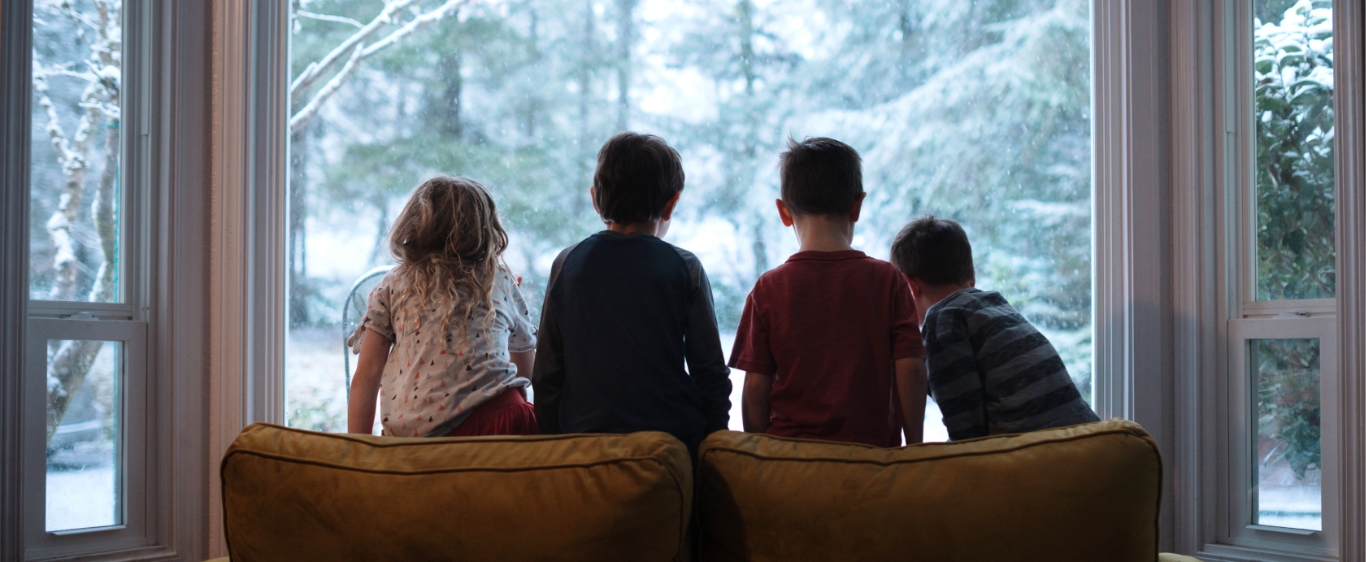Having a fireplace in your home can be great during the cold winter months, or on a rainy summer night.
If you’re looking to have one in your home, the big decision may be whether to purchase a gas or wood-burning fireplace. Although a wood burning fireplace gives off that authentic feel of a warm and cozy fire, there are several disadvantages that come with a wood burning fireplace which could affect your health, safety and overall comfort at home. The advantages of a gas fireplace outnumber the advantages of a wood-burning fireplace.
Here’s what we mean.
Gas fireplaces are easy
When it comes to a gas fireplace, the maintenance is fairly minimal. You won’t be left with a mound of ashes or bits of wood to clean up after you’re done using your fireplace.
Rather than purchasing or collecting firewood, you can have the fireplace running with ease through the simple flick of a switch.
A gas fireplace also offers a great deal of versatility for your home. There are a number of models that come in a variety of styles and sizes, and can fit anywhere in the home as long as the space is properly ventilated.
When you speak with a member of our team, we’ll lay out the options that fit your criteria, not push our criteria on you (as many competitors do).
Above all, gas fireplaces keep you warm in a safe and efficient manner. While you have your fireplace running, the flames will be kept contained. The heat that emits from the fireplace is well regulated and can keep large rooms warm.
Wood burning fireplaces are a hassle
Because you’ll be responsible for purchasing and collecting firewood, you’ll also be responsible for the clean up of ashes and wood bits that are left behind.
Wood-burning fireplaces can also be surprisingly hard on your chimney. The creosote build up in your chimney can pose a potentially serious health and safety hazard in your home.
The chimney also provides a direct path for insects and other unwanted pests to enter your home.
Lastly, a wood-burning fireplace does always not provide the efficiency and comfort most families want. The average lifespan of a fire is 15 to 20 minutes. You’ll have to put in more work to fuel the fire by continuously feeding it firewood. The heat that comes from a wood-burning fireplace is also difficult to regulate and the heated air from the room often goes up into the flue.
We hope this information helps you decide which fireplace type is best for your home, safety and comfort. If you’d like to learn more about how we can help you choose the best fireplace for your home, reach out to a member of our team today.




